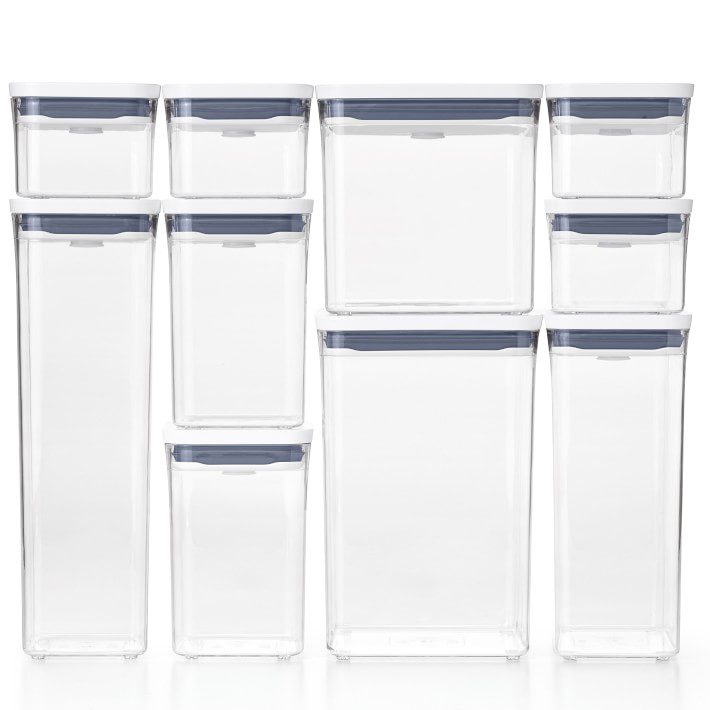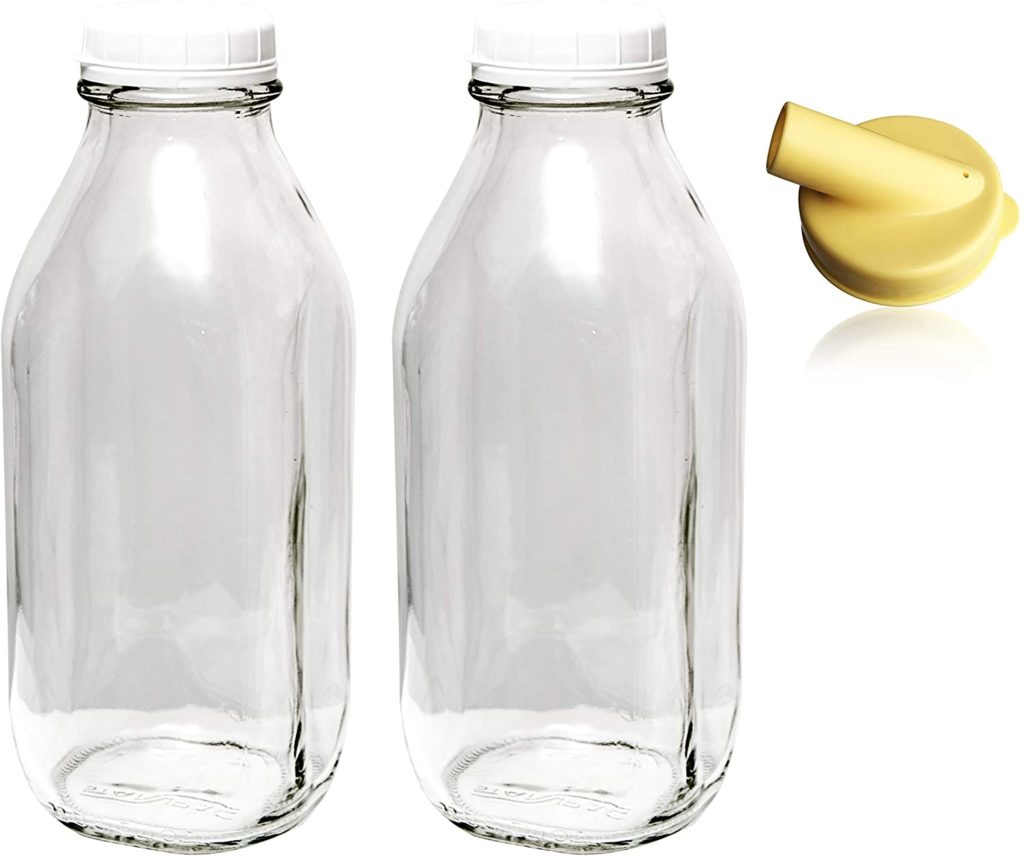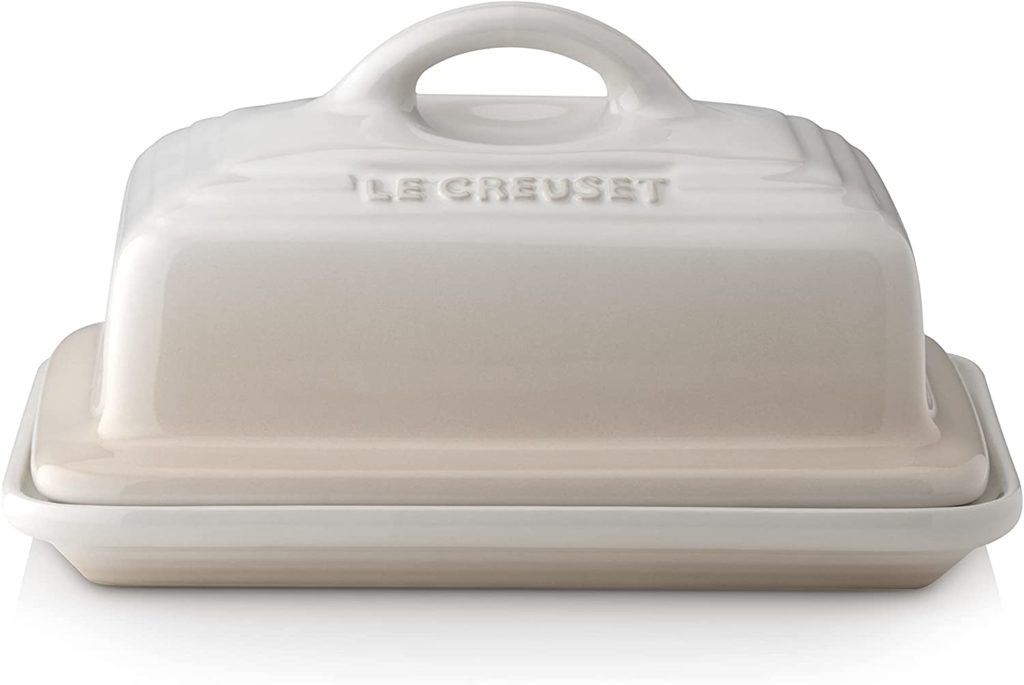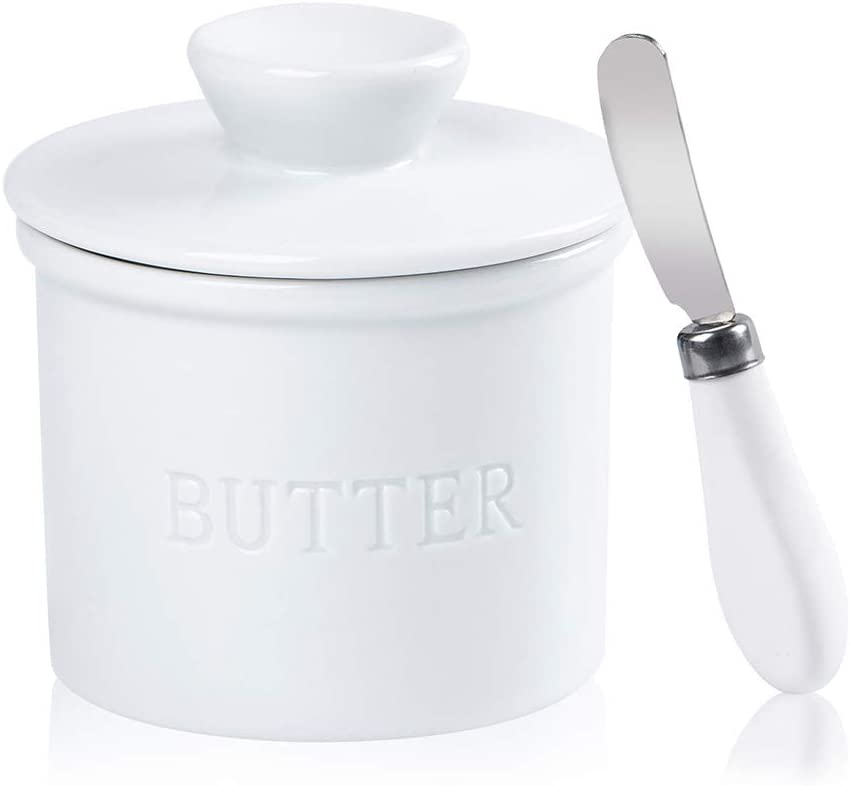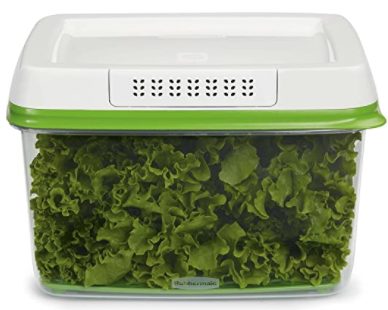You’ve heard it before. The same old story. You get up an hour, and the courage, to clean out your refrigerator and low and behold, you come upon a pint of freeze-dried blueberries way in the back. Then you realize, you never bought freeze-dried blueberries. You bought fresh blueberries about a month ago. Could these hard, wrinkly berries with a skim of white mold really be them?
Don’t be hard on yourself. It’s even easier to forget what you’ve got in the freezer. Take heart. Have we got a solution for you. Containers!
Before you pick up the latest Williams-Sonoma catalog, you have to assess your refrigerator and get into “organization-mode” (yes…you can do it!)
- The coldest spot in a refrigerator is closest to the freezer, in the back. This is where you want to keep milk, dairy, eggs, and raw meat—but not together. Meat should always be kept in separate containers, and never mix meats. That means, keep chopped sirloin in one container, raw chicken breasts in another, etc. Keeping meats in individual storage containers keeps juices from escaping the wrappings and dripping onto other foods. And keep eggs in their carton not only to avoid breakage but to keep fresh.
- Condiments such as mayonnaise, sauces, catsup, jams, mustards, syrups, etc., should be kept in the racks inside the refrigerator drawer. Naturally, these do not require containers—they already are in glass and plastic bottles and jars. But they do need to be organized. Arrange them by size, with the tallest at the bottom and the ones you use most frequently on the top shelf.
- You can keep cheeses together in a drawer in your refrigerator or if you wish, in a covered container. Once cheese is opened, put it in a plastic bag before returning it to the container. IF you have grated, shredded, or shaved cheeses, put each variety in its own container.
- The size of the containers you choose depends upon the space you have in your refrigerator. You want the staking variety, and you want them to be see-through, either glass or plastic. This way, you can see at a glance what’s inside.
- If you have leftovers after a meal, put them in a microwave-proof container so you can easily reheat them the next day.
It’s important to wipe down your containers after you transfer food and put them in the refrigerator so there are no drips. It’s also important—very important—that you clean out your refrigerator once a week and get rid of food that’s past-safe consuming. Once a month, clean your refrigerator with a homemade solution of one part vinegar, 2-3 tablespoons of baking soda, and three parts warm water. You can squeeze a fresh lemon into the solution or add a couple of drops of your favorite essential oil, like lavender or eucalyptus.
Some Container’s You’ll Love
OXO POP Containers come in several shapes and sizes and are designed with curved corners for smooth pouring, easy clean-up, and is dishwasher safe. Ideal for all types of food, a silicone gasket in the design of the OPO POP push-button lid creates an airtight seal that keeps food fresher longer. Easily stackable, dishwasher safe, the OXO POP system is made of durable, BPA-free hard plastic to give you years of use.
***
Remember when you were growing up how the milkman would come and deliver milk in glass bottles at your backdoor? (Okay, maybe not…but I remember. The Fifties were the good old days.) Plastic milk containers serve their purpose, but it’s more than nostalgia when we recommend glass bottles for keeping milk fresher, longer. The Dairy Shoppe offers one-liter vintage-style, thick-sided glass milk bottles with a modern-day twist—a re-usable BPA-free snap cap, which seals the top securely, designed with a drip-free pour spout.
***
Storing butter in your refrigerator always seems to get out of hand. Once you open the paper wrapping, it’s impossible to keep—unless you keep your butter in a butter dish. There’s a vast array of butter dishes, but two, in particular, stand out (at least, for me) and that’s the Covered Butter Dish made by one of the finest names in cookware, Le Creuset®. Dishwasher safe and BPA free, this covered stoneware set is not only made for the refrigerator, but it’s beautiful on your table or buffet, as well. It can hold two sticks of butter or a rectangular of butter such as Kerrygold Pure Irish Butter.
***
Perfect for Amish-style roll butter is this Butter Keeper. A tad under 4-1/2-inches in diameter, this covered dish harkens to simpler times and is made of porcelain and must be hand-washed. It keeps butter fresh in the refrigerator and, providing it’s not warm in the house, on the kitchen table, or near the food prep area.
***
Rubbermaid, one of the most famous names in household storage containers, makes a 17.3 cup Produce Container that is perfect for storing lettuce. Measuring 9.4 x 7.3 x 6.3-inches, its revolutionary FreshVent technology creates an “optimal environment” for fruits and vegetables by regulating the flow of air in and out of the container. The CrispTray at the bottom of the container elevates the food and keeps it away from moisture that settles and spoils food. As with all Rubbermaid products, it’s guaranteed to last a lifetime.
***
A Few Final Words…
Organizing your food takes a good system and a little extra time to keep it that way. However, no food is worth the time, trouble, or expense of organizing without observing these simple rules:
If heated food isn’t refrigerated within two hours of mealtime, it is no longer fresh.
There is no need to cool down warm foods before refrigeration. If you want to put food in the freezer, put it in a freezer bag and press out as much of the air as you can. Label the bag with a waterproof marker with the contents and the date.
Do not wash produce before refrigerating it. Wash when you’re prepping. Otherwise, the water will form moisture at the bottom of the container or drawer.
Always keep bottles and jars in an upright position to maximize storage.
A great way to organize your water bottles is to get a magazine or file holder at Staples or other office supply store, lay it on its narrow side so the opening faces out, and stack your water or serving-size juice bottles.
When storing unused covered plastic containers, get some lightweight acrylic trays, remove the tops, and place them underneath each container, then stack them on their sides.
Organize a large pull-out kitchen draw with tension rods. Fit the rod between the front and back of the shelf and adjust to separate containers, lids, and water bottles.


